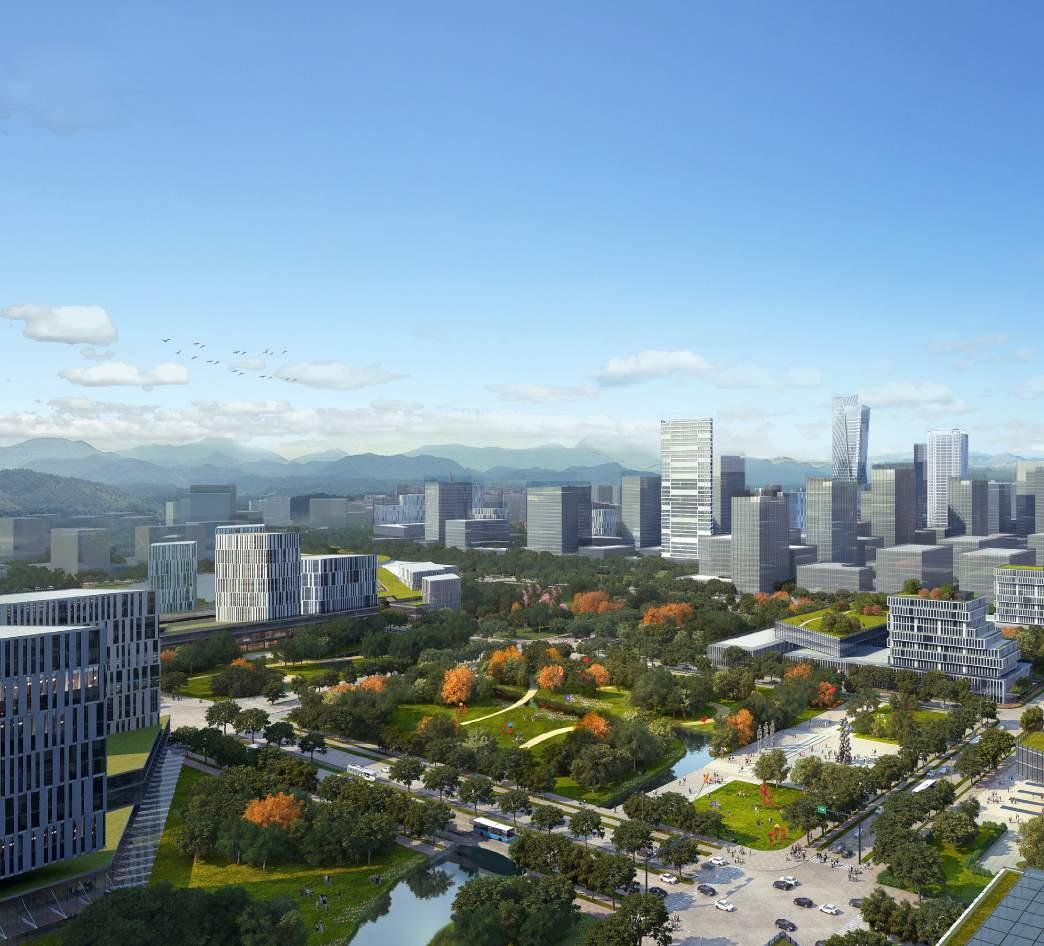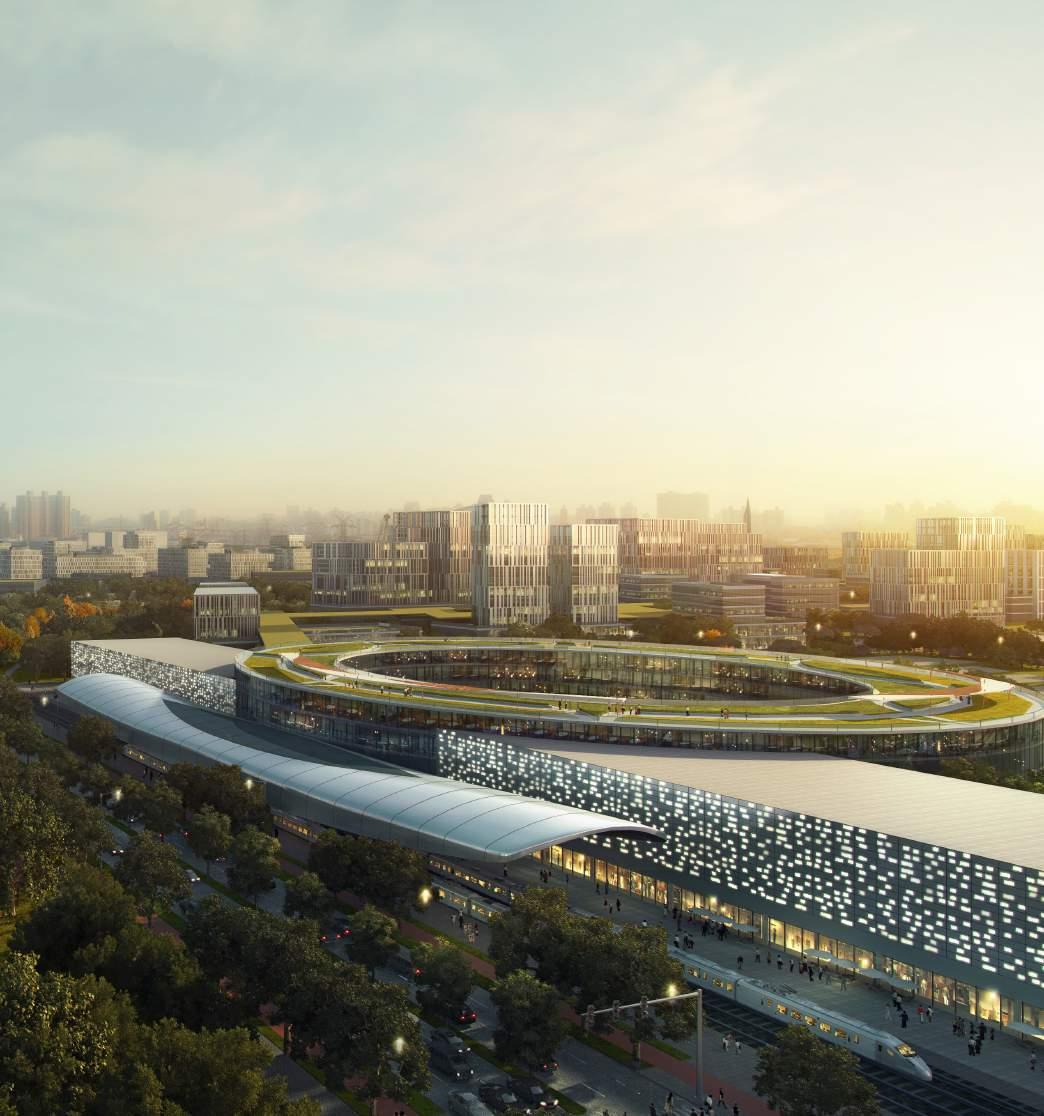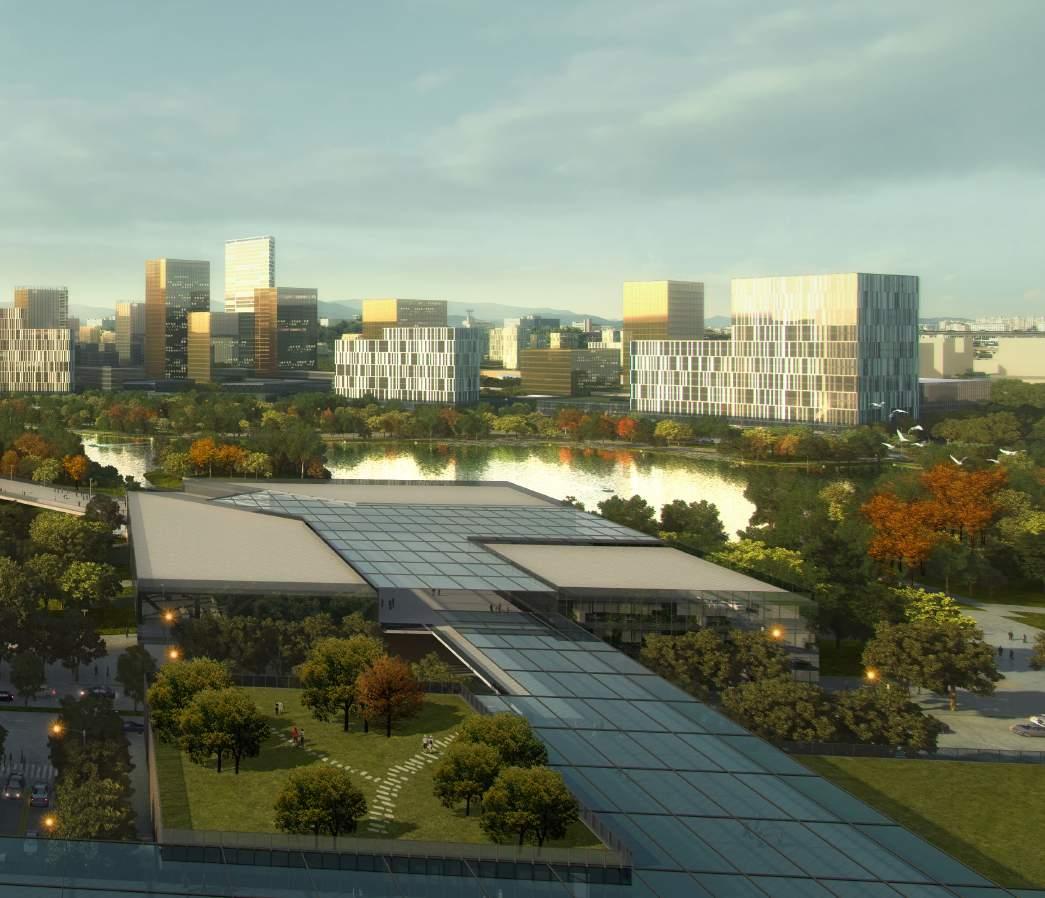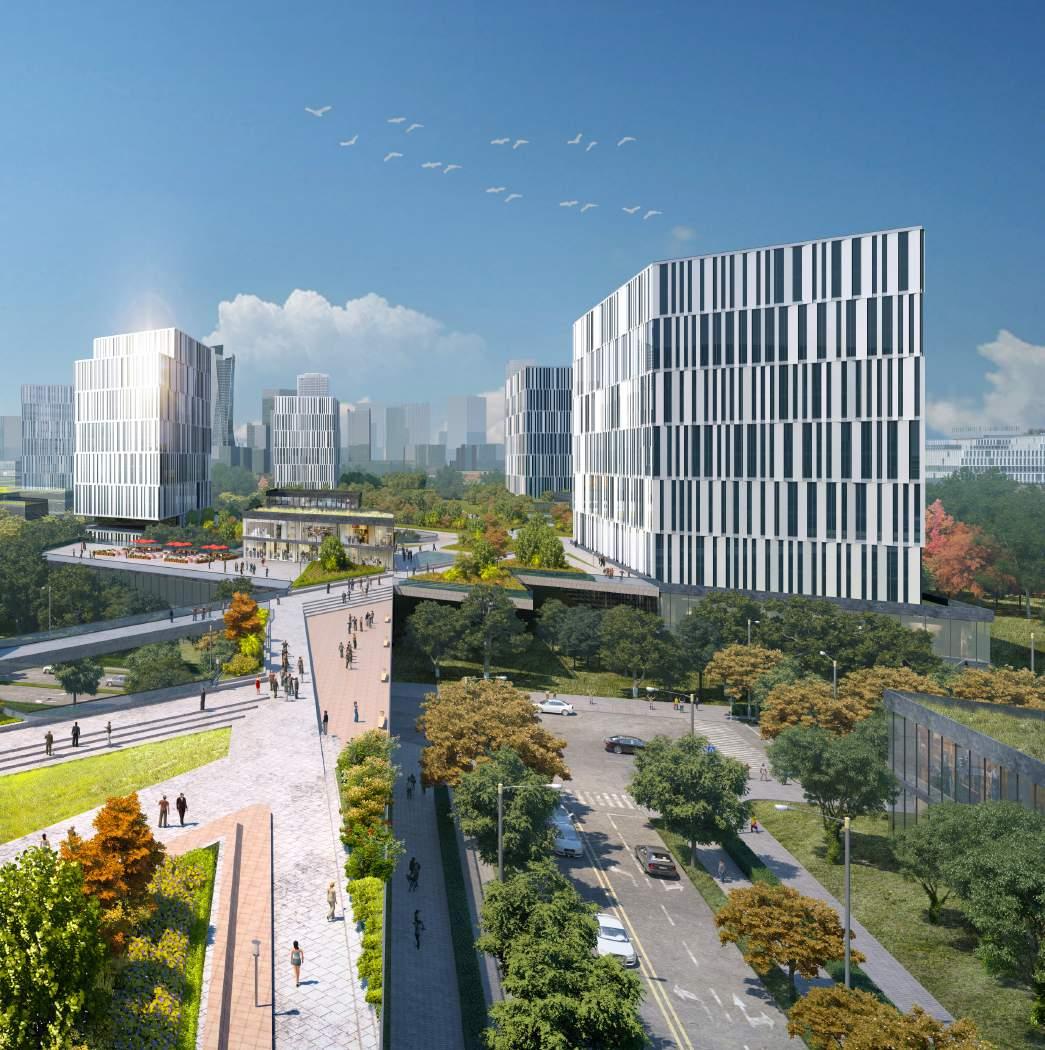
3 minute read
NO CITY SHOULD BE AN ISLAND
from Clark Magazine Vol 1
by BCDA
Everyone would do well to take a break from the urban challenges of Metro Manila. From that center alone fows 80 percent of the whole country’s services. According to reports, the Philippines loses PhP3B ($600M) a day because of Metro Manila trafc. Congestion brings food security issues, wellness issues, energy crises. Add this to how new economies are changing commute patterns and the way people occupy space, and inevitably, the costs and risks of living and doing business in this part of the Philippines increase to almost unbearable levels.
To ease this, urban masterplanners such as AECOM look to “super regions”. Tere are only a few super regions around the world, which have clusters of 30 to 40M people. Te original super cluster, from where the term was frst coined in the ‘60s, was the WashingtonNew York corridor, that produced $2.5T in GDP for the United States.
Advertisement
Super regions drive global economies. In the Philippines, the isthmus from Central Luzon and Calabarzon in the south (comprising of fve provinces—Cavite, Laguna, Batangas, Rizal, and Quezon—and one highly urbanized city, Lucena, in Quezon) to past Subic and Clark in the north, presents a gateway to a whole hinterland of the country. Tis corridor has produced a signifcant part of economic activity from agriculture, trade, property, tourism, I.T. products and manufacturing—industrial park type developments—for the past 10 years.
While New Clark City can be seen as part of the solution to alleviate the problems in Metro Manila, one shouldn’t forget the developments around it, particularly Clark International Airport, itself a 2300 hectares mixed-use development.
“Location, location, location” was the old adage of real estate. Today it’s connectivity, connectivity, connectivity. Connectivity not just in terms of tollways and rail, but also data and to resources—places where people can generate assets to function properly.
The development of Utapao Airport in Thailand, another AECOM project and another satellite airport, just like Clark International, illustrates this. Utapao looks at Southeast Asia and the broader competitive advantage. How is connectivity enabling that? Through ports and the airport. Through accessibility of raw materials and talent. Managers, executives, researchers, innovators—these individuals have a lot of choices for employment— they could go to Hongkong, or Singapore. But why would they choose Thailand? Because of the connectivity.
Tis is the value chain of adjacencies that drive the economy: Aviation cargo uses have to be next to logistics, that have to be next to food services, that have to be next to Research and Development (R&D) centers, that have to be next to BPOs, that have to be next to law ofces and banks, that have to be next to the residential areas, and schools.
At Utapao, that’s the kind of mix that we are starting to do. It’s not just masterplanning the airport, but what’s happening around it.
Tat’s the playground we’re looking at in the Philippines. It’s not Clark versus Metro Manila versus Batangas. It’s how each of these play their roles in the team. However, there is currently a disconnectivity from

“Location, location, location” was the old adage of real estate. Now it’s connectivity, connectivity, connectivity. Connectivity not in terms of toll or rail, but also data, and to resources.
Clark to Batangas. A solution to this is North to South rail lines and freight rails going to Subic Bay—this is part of what will make New Clark City work. New Clark City is an island without these rails. Te things that happen around it and the things that are connected to it, will make it work. Without connectivity, a city is nothing.
Creating a masterplan is about setting a framework. It’s not a perfect vision of what a place is going to look like in 40 years. More important, it’s a sense of assurance that stakeholders—the planners and developers—are committed to an idea. It may not be perfect now, but it’s a living document. Te plan will always change with the people who are attracted to it enough to become its champions, and who will take ownership and help shape its evolution.










